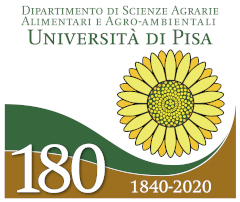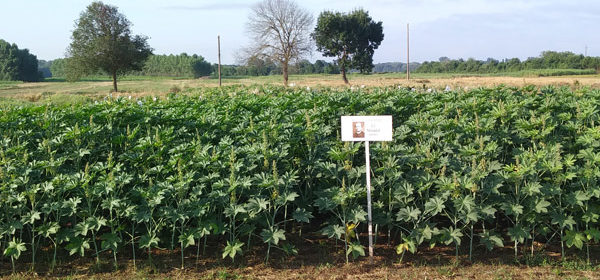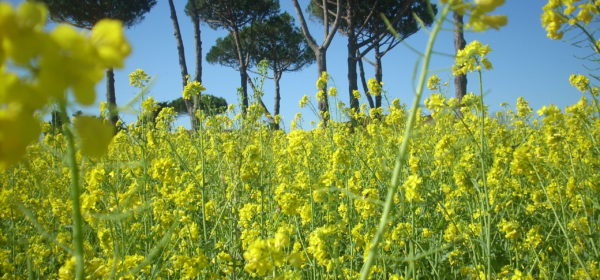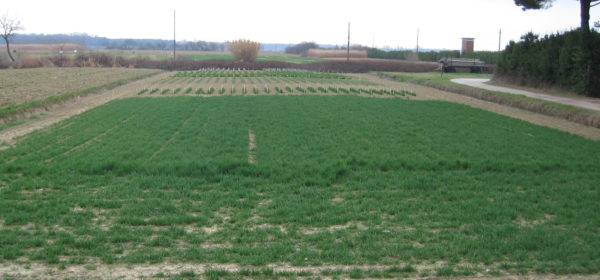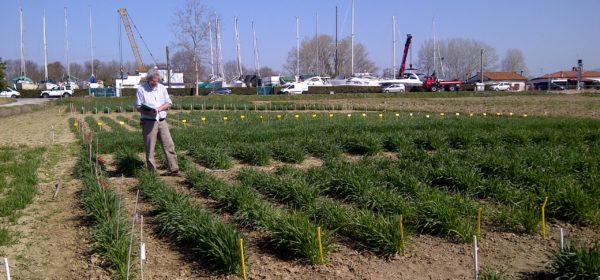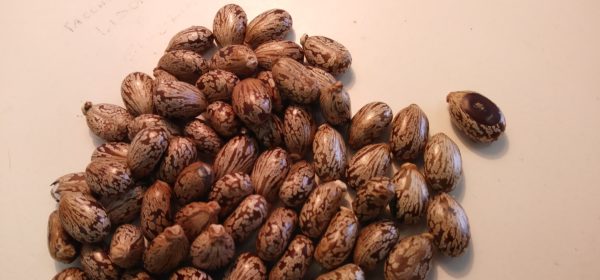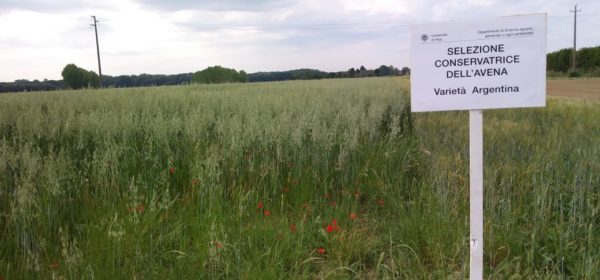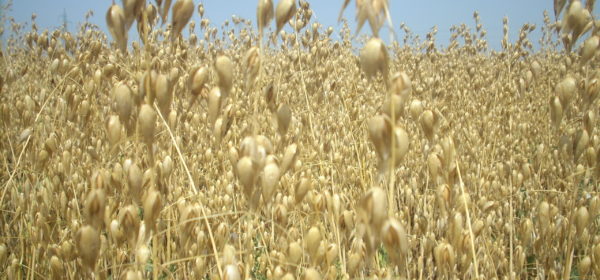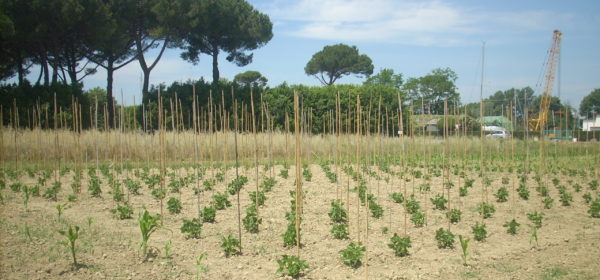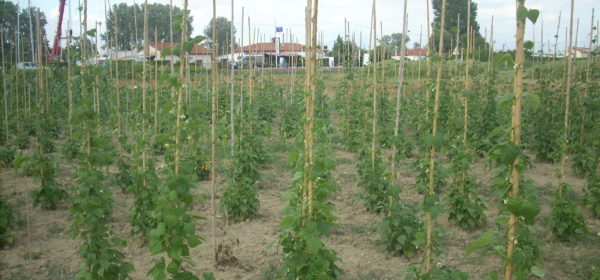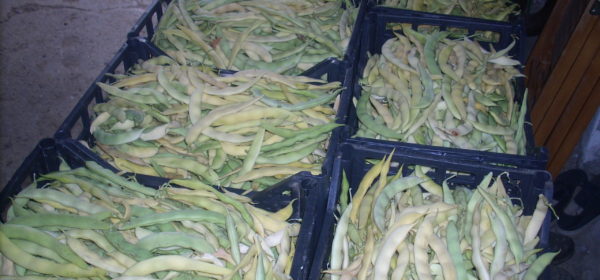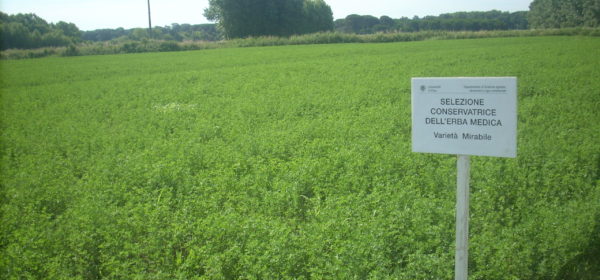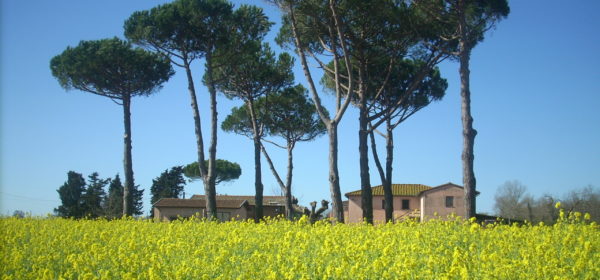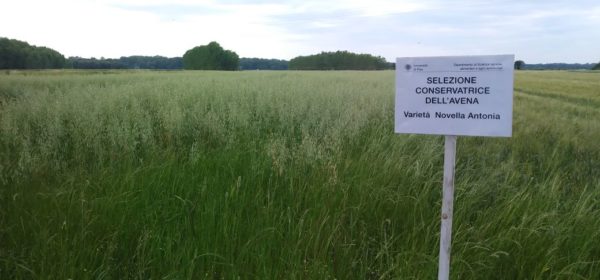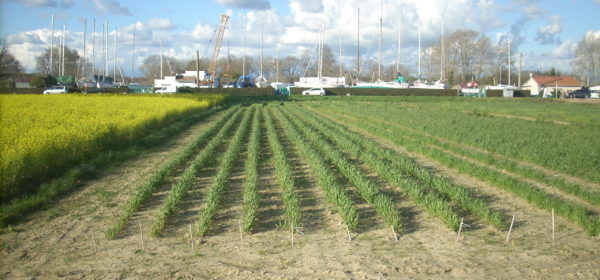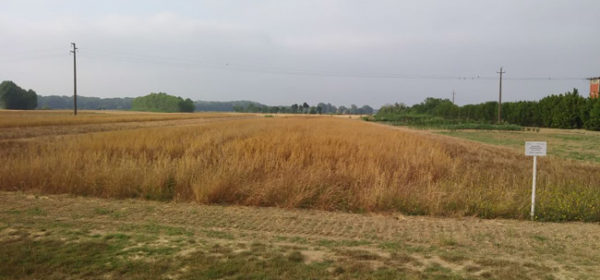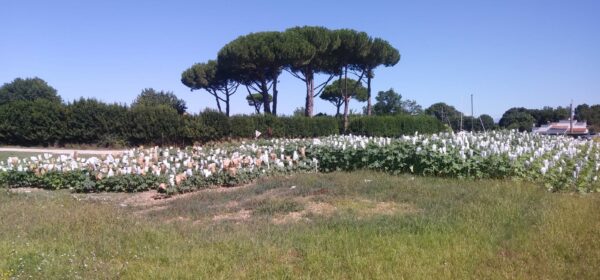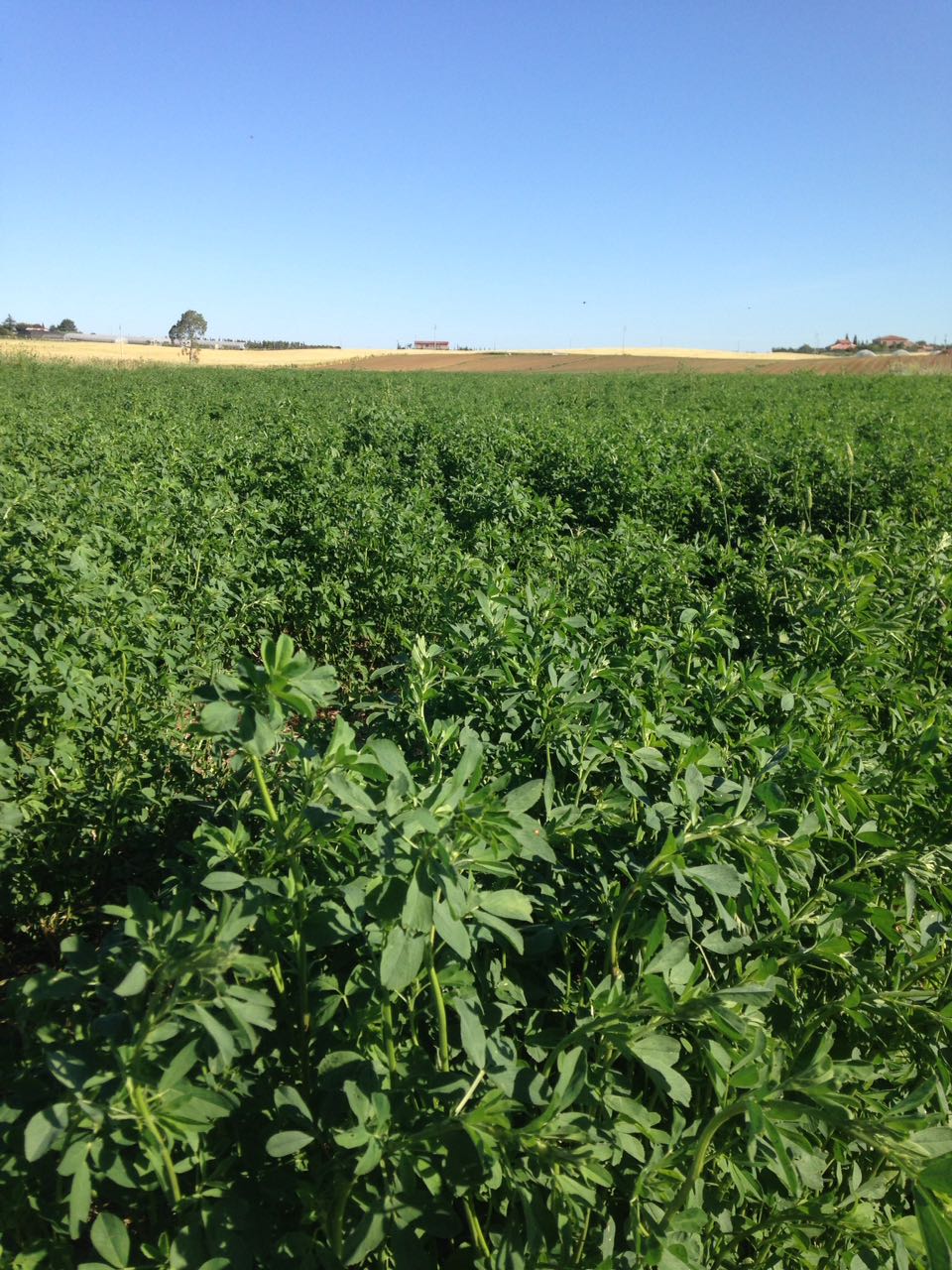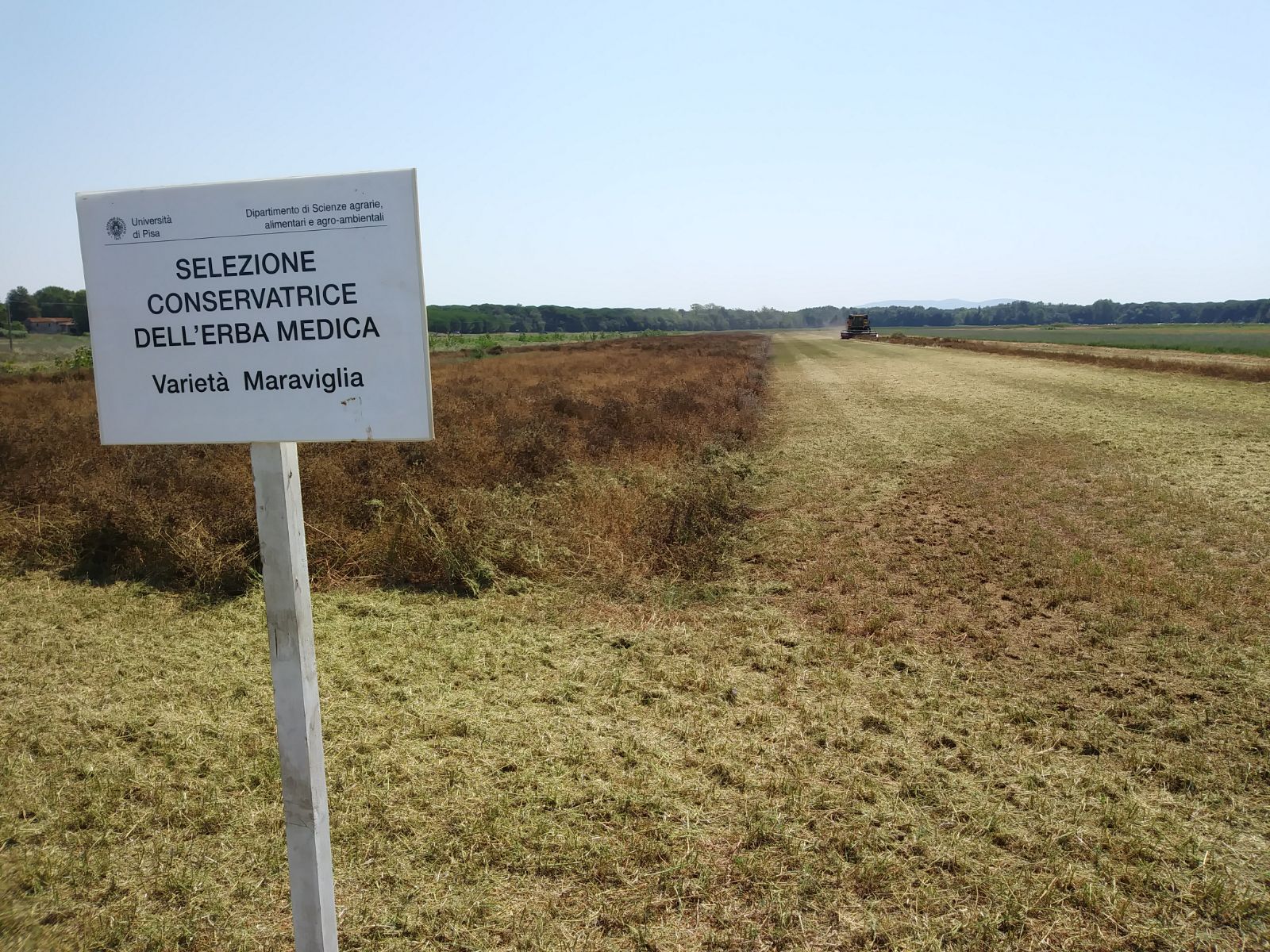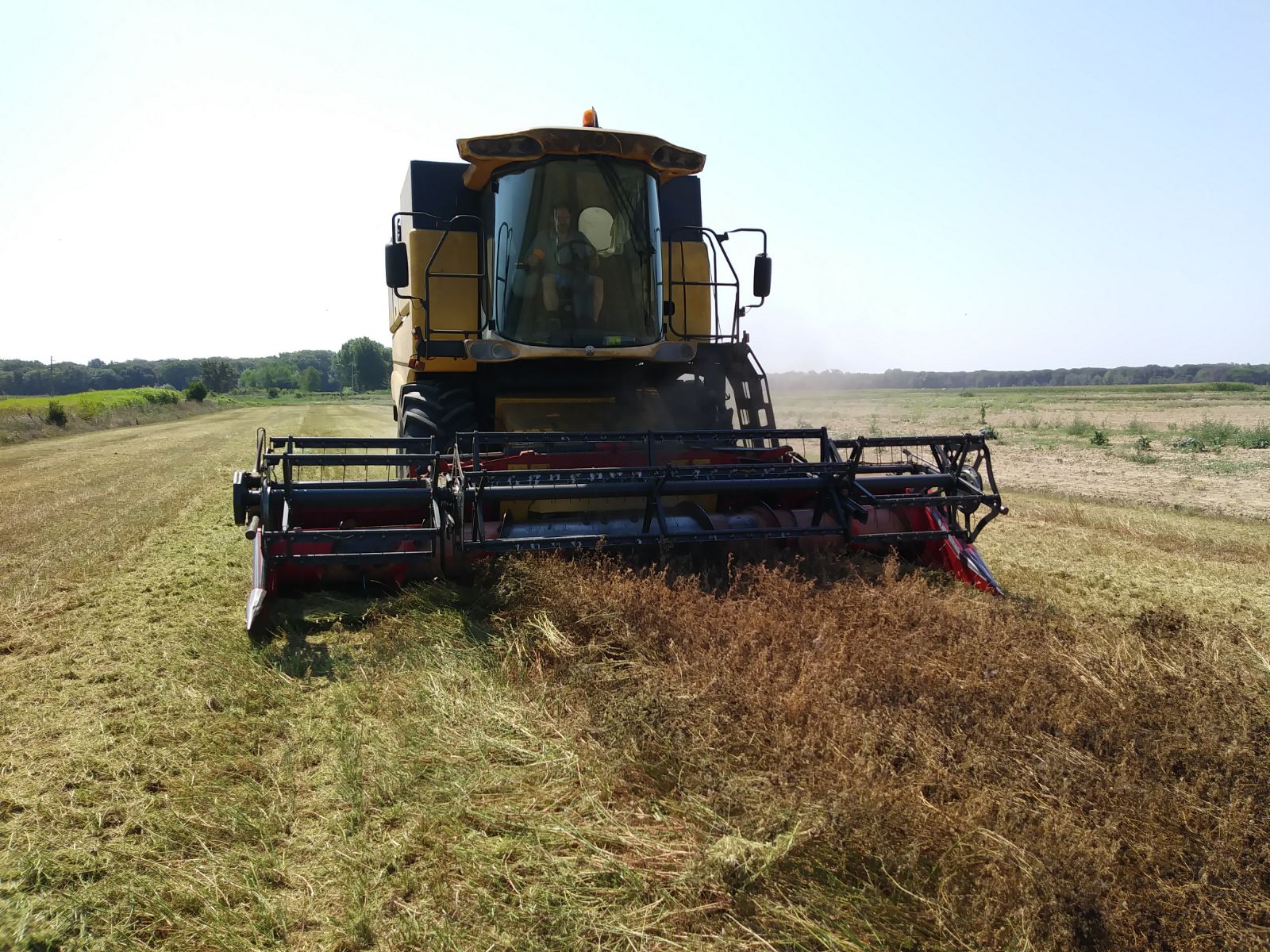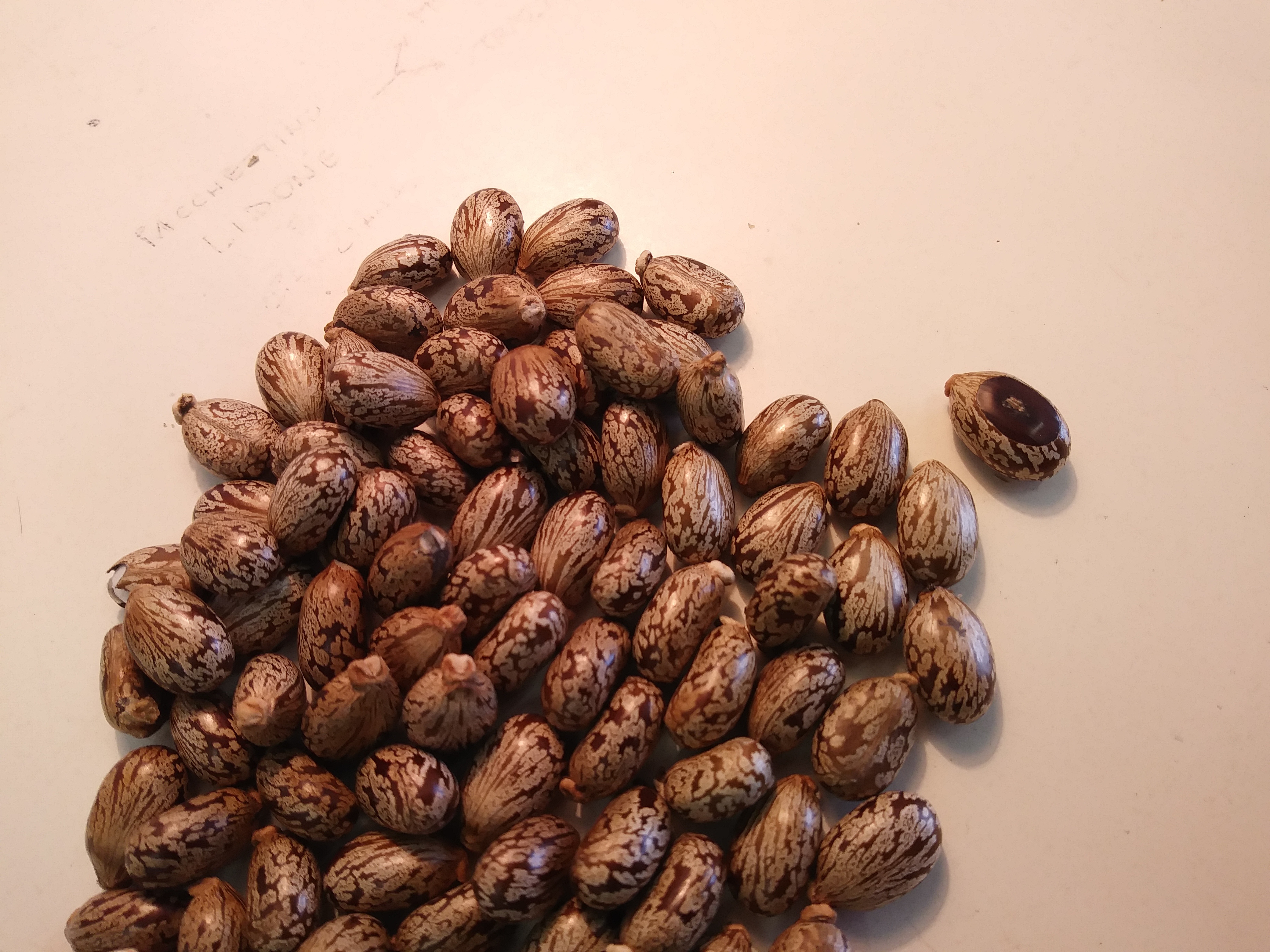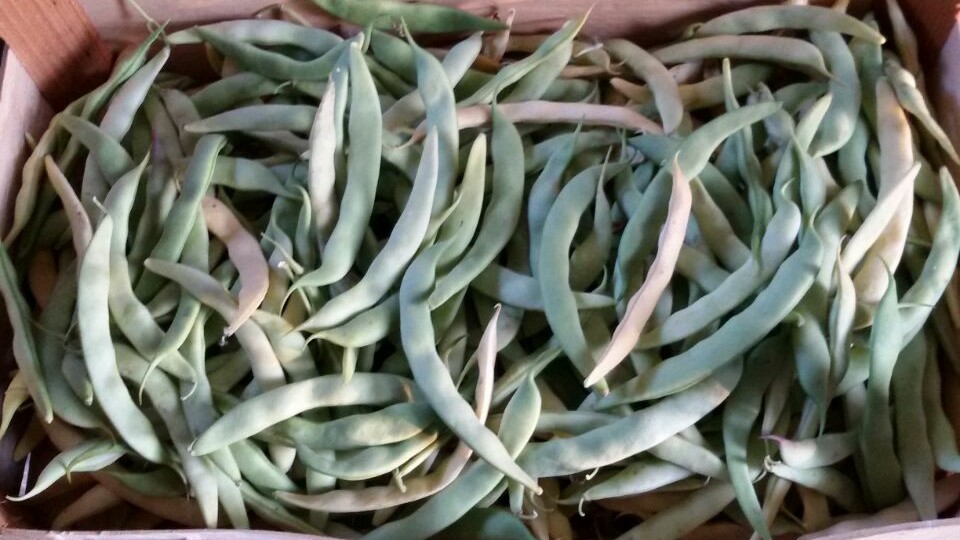The DAFE is the Founder and Responsible of the Purity Maintenance of the following varieties
Genetic Purity Maintenance
Varieties registered in the National and UE Register of Agricultural Species
Oat (Avena sativa L.)
Alfalfa (Medicago sativa L.)
Varieties registered in the National and UE Register of Vegetable Species
Common bean (Phaseolus vulgaris L.)
Plant Breeding
Useful Link
- UPOV International Union for the Protection of New Varieties of Plants
- ICOA International Castor Oil Association

Antonio Benvenuti (1919 – 1997) Full Professor of Crop Science at the University of Pisa, he encouraged plant breeding and the development of new varieties, in cereals, oil and forage crops.
Heirloom varieties
Genetic Purity Maintenance
Oat (Avena sativa L.)
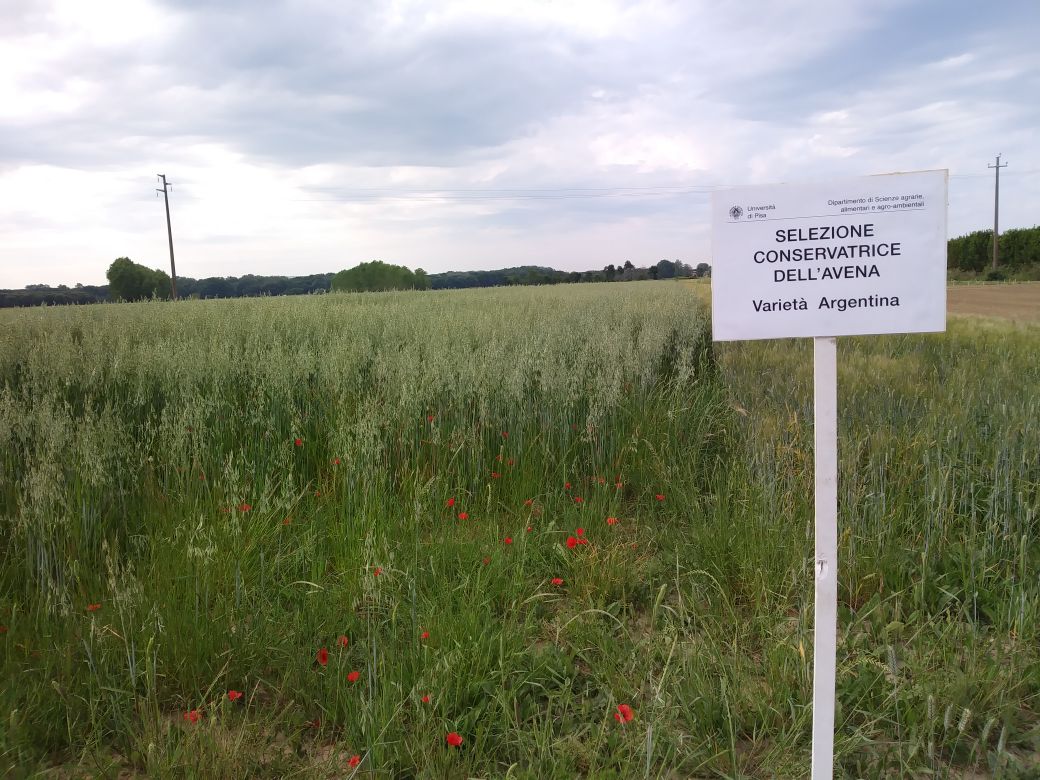
Red grain variety (A. byzantina Koch), derived from an Argentine population (Descent # 109), selected by prof. Antonio Benvenuti.
Alternative, it can be sown from September (pastures) until March (hay). For the hay, it can be associated with vetch. Refined grain for sport horse, is the most cultivated variety in Italy. Sold by SIS, Società Italiana Sementi http://www.sisonweb.com/it
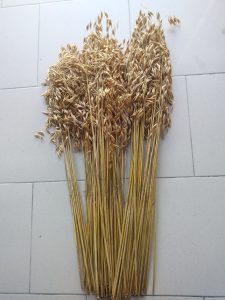
Grain composition as % of dry matter (DM):
| DM | Ash | Crude protein | EE | NDF | ADF | ADL |
| 88 | 4 | 9,4 | 2,5 | 43 | 21 | 3,7 |
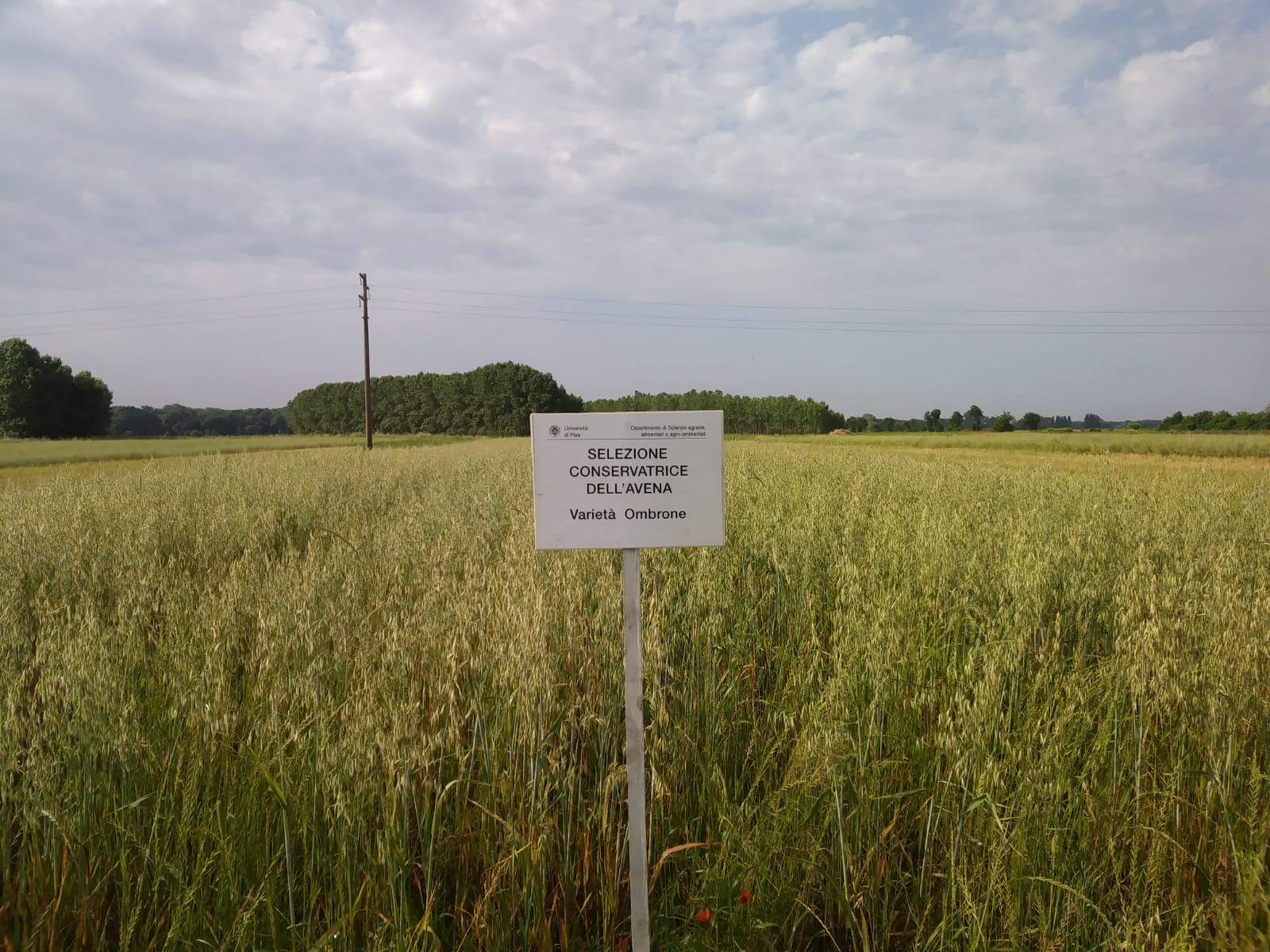 Red grain variety (A. byzantina Koch), derived from the landrace Maremmana, selected by prof. Antonio Benvenuti.
Red grain variety (A. byzantina Koch), derived from the landrace Maremmana, selected by prof. Antonio Benvenuti.
Alternative, it can be sown from September (pastures) until February (hay). For the hay, it can be associated with vetch. Plants taller than the var. Argentina. Refined grain for sport horse, has a 1000 seed weight higher than the var. Argentina. Distribuita dalla Padana Sementi https://www.padanasementi.com
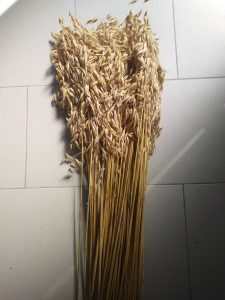
Novella Antonia
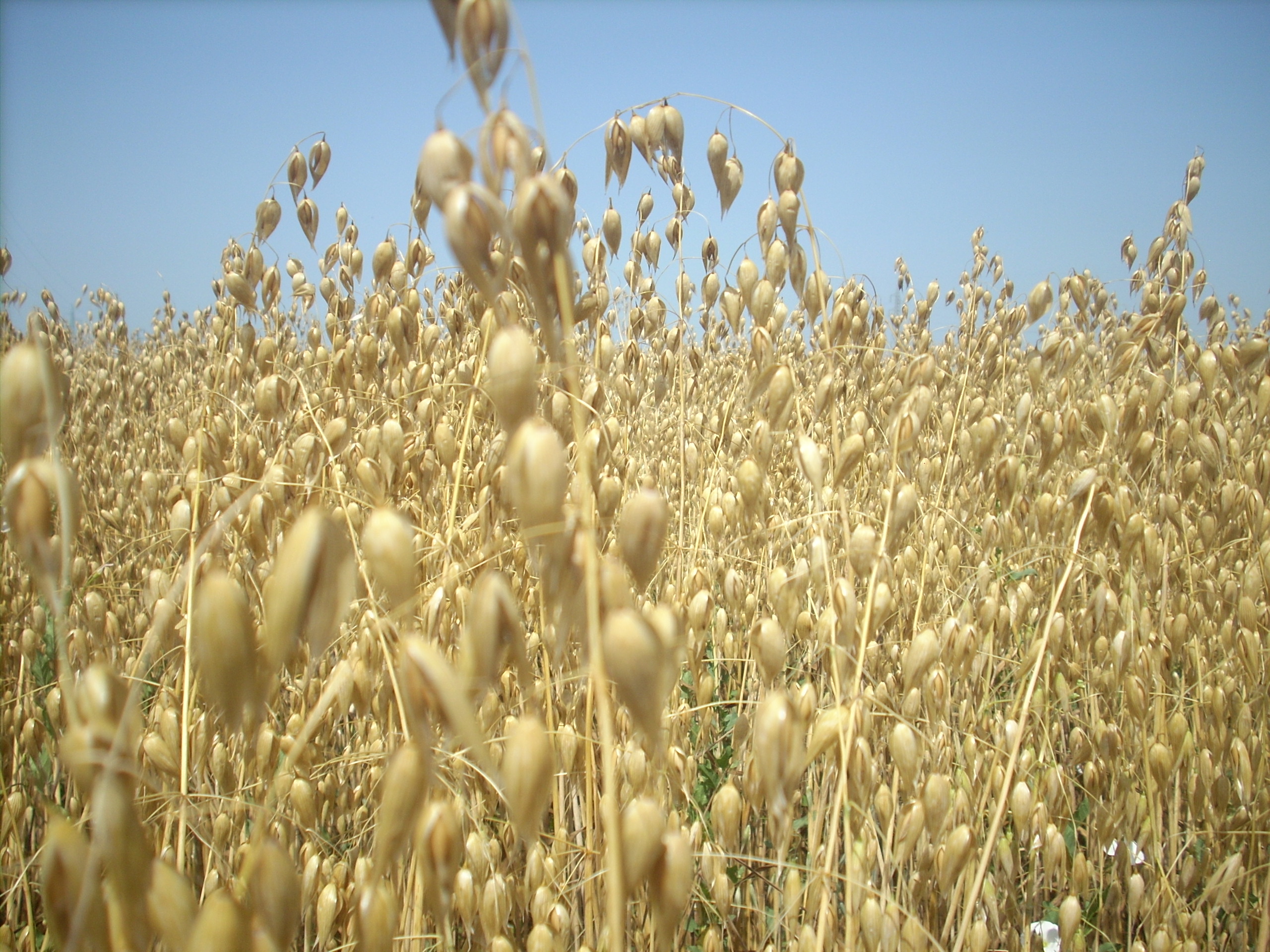
Reddish grain variety, different from var. Argentina and Ombrone, derived from the cross Dolphin//Argentina and selected by dr. Marco Baldanzi.
Alternative, it can be sown from September until March. Given the erect juvenile growth habit, as forage it is particularly suitable for the hay, especially in intercropping with leguminous plants. Plant height similar to the var. Ombrone. Sold by Semetica https://www.semetica.com/
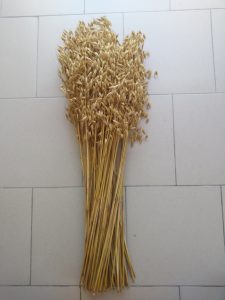
Baldanzi M., Macchia M. (2007) Novella Antonia: nuova varietà di avena primaverile a seme rosso. dal Seme 2(3):18-19
Grain composition as % of dry matter (DM):
| DM | Ash | Crude protein | EE | NDF | ADF | ADL |
| 87,4 | 4 | 9,9 | 2,1 | 47 | 21 | 4,1 |
Dori
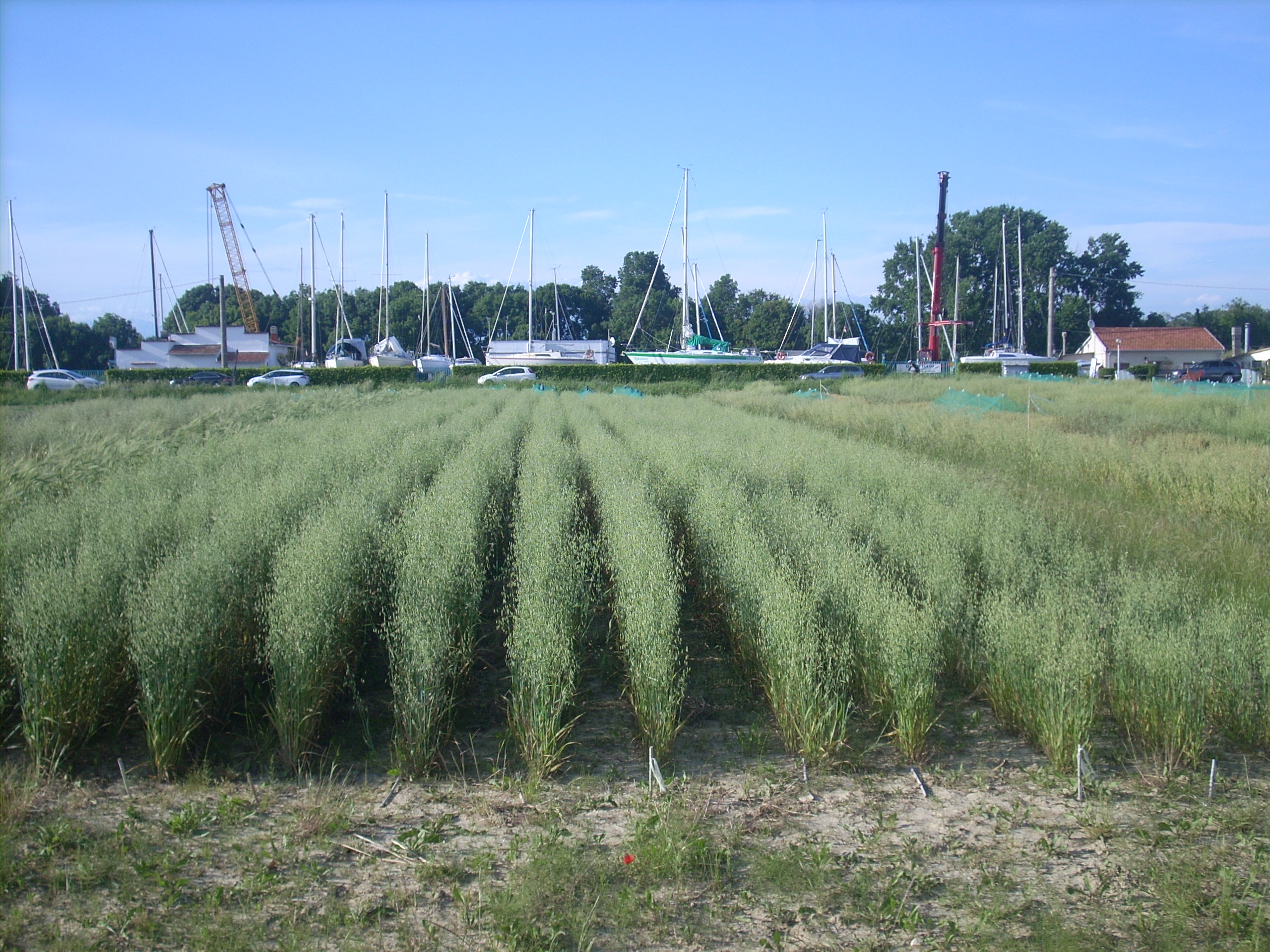
Yellowy grain variety, derived from the cross Donata//Riel and selected by dr. Marco Baldanzi.
Alternative, it can be sown from September until March. Given the prostrate juvenile growth habit, as forage it is particularly suitable for the pasture. Deep green foliage. Plant height similar to the var. Ombrone and Novella Antonia.
Grain composition as % of dry matter (DM):
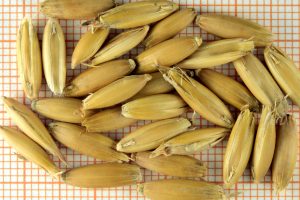
Photo by Paolo Giannotti, March 2023
| DM | Ash | Crude protein | EE | NDF | ADF | ADL |
| 87 | 3,6 | 9,3 | 2 | 45 | 21 | 5,1 |
Alfalfa (Medicago sativa L.)
Variety derived by mass selection from the ecotype of the Fattoria di Montegemoli, Val di Cecina (PI), edited by prof. Antonio Benvenuti and Guido Pardini. Sold by http://www.sgaravatti.net/
Variety derived by mass selection from an ecotype of the Tuscan hills, edited by prof. Antonio Benvenuti and Guido Pardini.
Sold by http://www.sgaravatti.net/
Variety derived by massal selection from an ecotype of the Pisa Plain, edited by prof. Antonio Benvenuti and Guido Pardini.
Sold by Marovelli Sementi, Via Galileo Galilei 315 – 57014 Vicarello (LI) 0586 961083
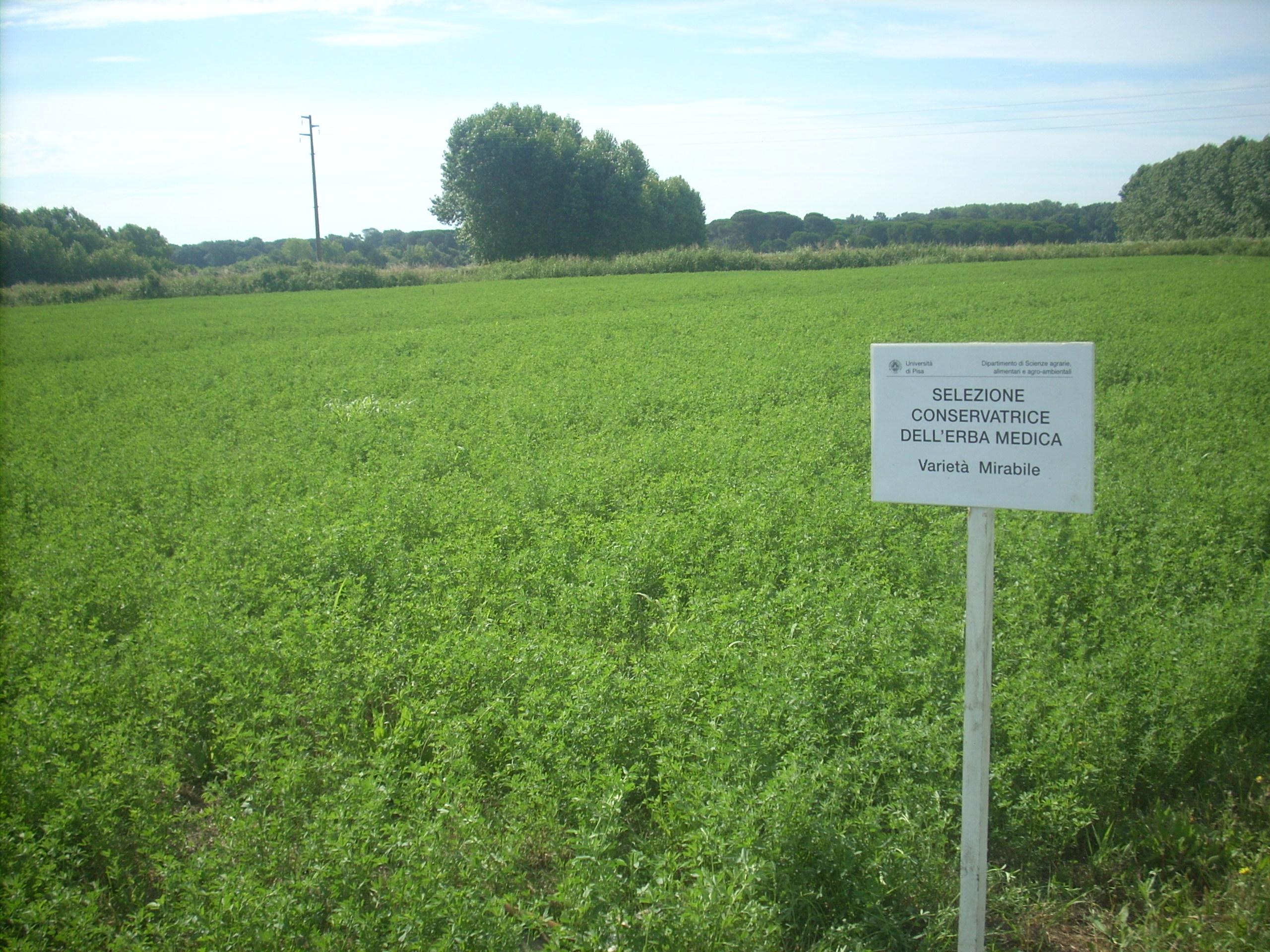
Variety derived by mass selection from an ecotype of Valdarno, edited by prof. Antonio Benvenuti and Guido Pardini.
Sold by Semetica https://www.semetica.com/
Etrusca
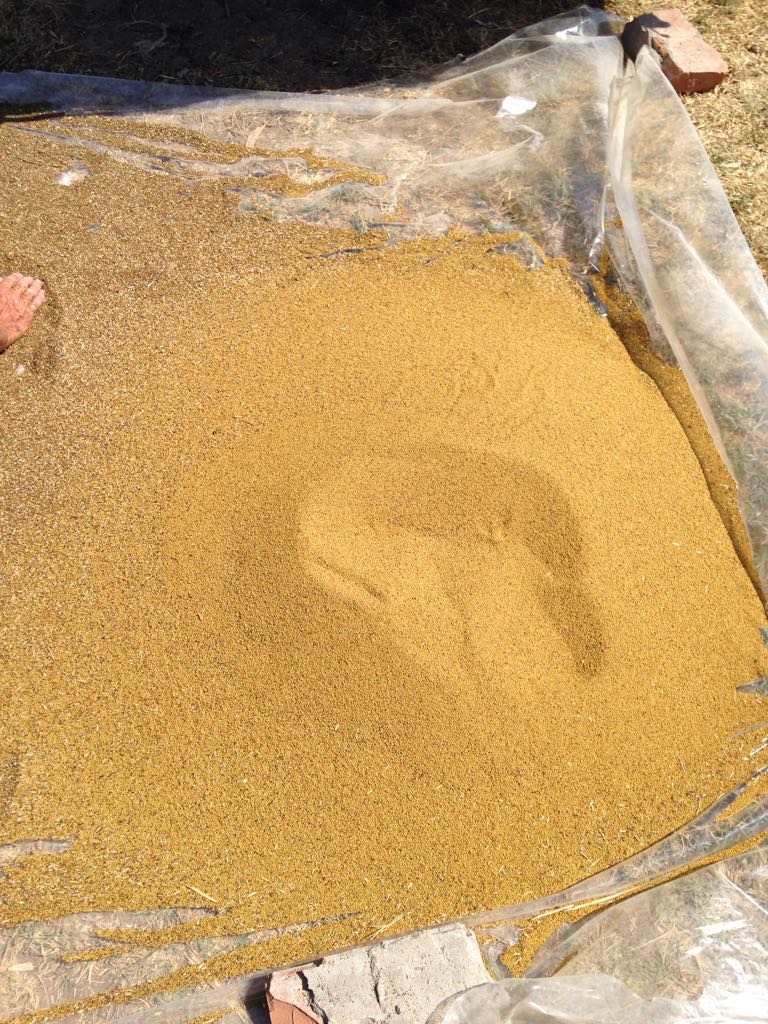
Variety derived from the Maremmano ecotype, selected by dr. Marco Baldanzi.
Sold by Semetica https://www.semetica.com/
Purity maintenance at Grosseto: https://www.coagri.it/
Baldanzi M., Macchia M. (2007) Nuova varietà di erba medica “Etrusca” dall’ecotipo Maremmano. dal Seme 2(3):16-17.
Varieties selected at DAFE and registered in the National and UE Register of Vegetable Species
Common bean (Phaseolus vulgaris L.)
Ponticello
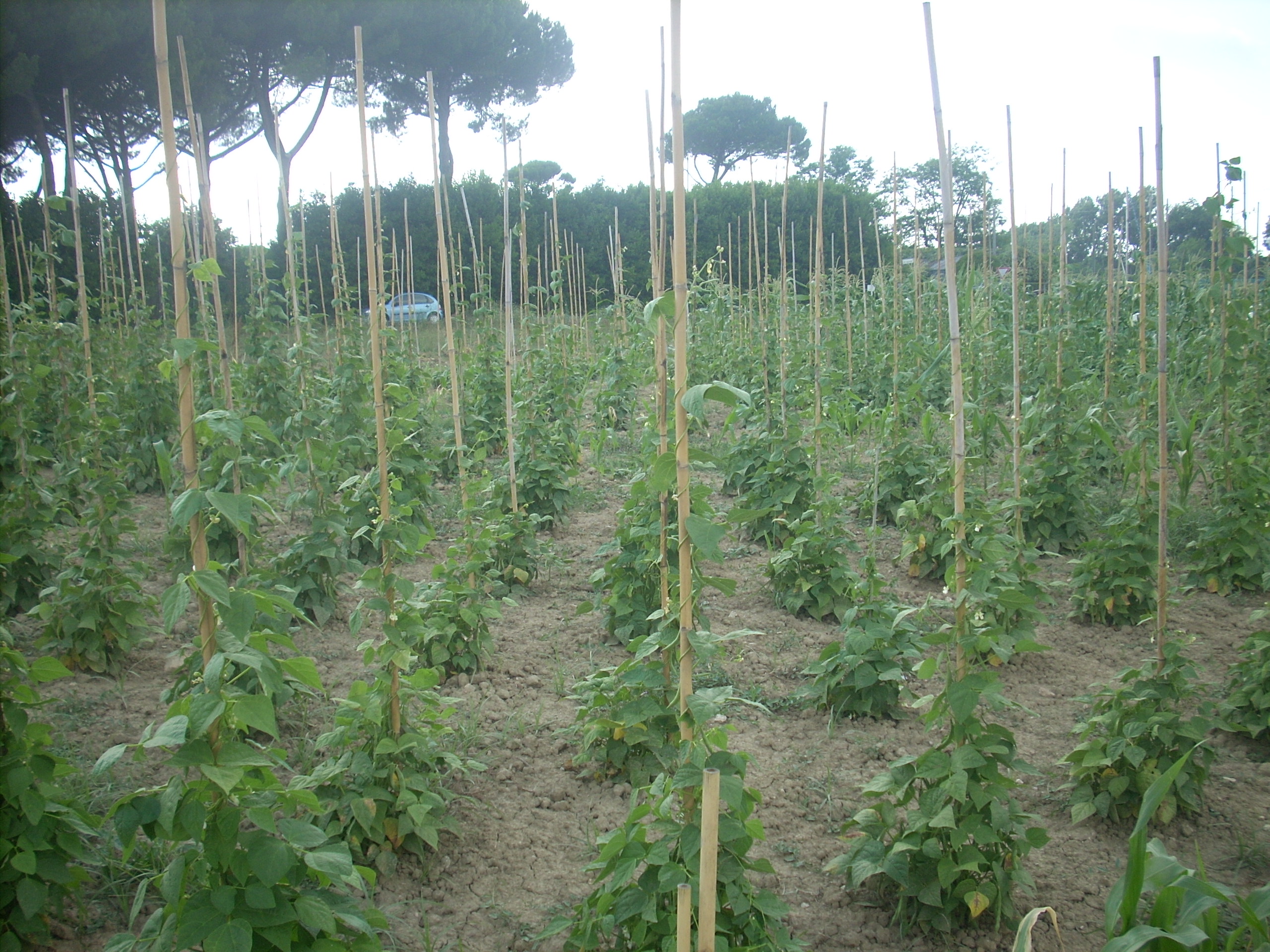
Variety with slow climbing, derived from the line #05, selected by dr. Marco Baldanzi and prof. Guido Pardini, from an ecotype grown in San Casciano – Cascina (PI). The name Ponticello derives from the farm located in Cardeta, Arena Metato, San Giuliano Terme (PI), where the selection work was conducted in the three-year period 2000-2002. Noteworthy productions from fresh and dry flat seed combined with excellent tasty qualities.
Baldanzi M., Pardini G. (2002) Descrizione della varietà locale di fagiolo “Piattella pisana” o “San Michele”. Agricoltura Ricerca 189:59-72
Baldanzi M., Pardini G. (2003) Valutazione di linee selezionate dalla varietà locale di fagiolo ‘Piattella Pisana’ o ‘San Michele’. Sementi Elette 6:50-56
Plant Breeding
Oat
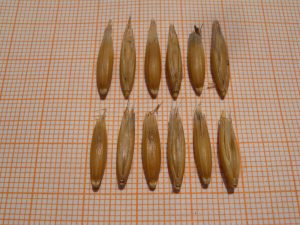
Caryopses of A. byzantina (below) and A. sativa (above), photos by Marco Baldanzi & Stefano Benvenuti, 2022
Naked oat
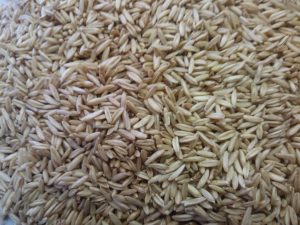
Our naked oats have large kernels and plants rarely affected by rust.
Hybrid populations sativa//sterilis
(inspired by the work of plant breeder K.J.Frey, 1923-2013, Iowa State University)
9 populations obtained by combining three selection environments for three types of juvenile growth habit: erect, intermediate, prostrate.
Erect: suitable for the hay
Intermediate: suitable for grazing
Prostrate: suitable for cover crops
Baldanzi, L. Andreotti, M. Macchia & P. Secchiari (2011) Bulk method selection with grazing treatments on segregating populations from Avena sativa × A. sterilis hybrids. Euphytica 182:405-408
Castor plant
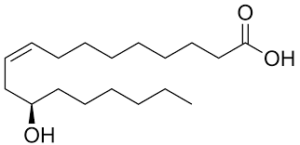 Ricinoleic acid
Ricinoleic acid
Liv Severino, Dick Auld, Marco Baldanzi, … (2012) A Review on the Challenges for Increased Production of Castor. Agron. J. 104:853-880
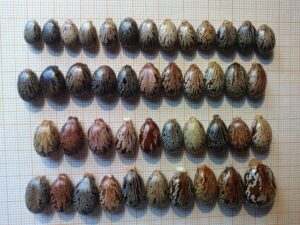
Inbred lines
This is a collection set up and conserved in our Department in order to maintain the highest number of descriptive traits
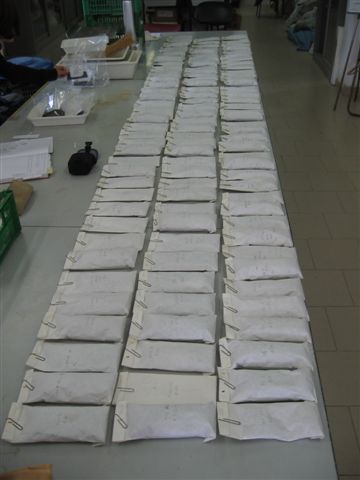
Baldanzi, M.L. Myczkowski, M. Salvini, M. Macchia (2015) Description of 90 inbred lines of castor plant (Ricinus communis L.) Euphytica 202:13–33
Baldanzi, I. Arduini, C. Pugliesi (2019) The disbudding (nipping) × genotype interaction demonstrates different perennial habits in castor-oil plant (Ricinus communis L.). Agrochimica 63 (1):137-149
Annual life cycle

Effect of nine generations of selection for unbranched and dead castor plants.
Castor Annual Plant Model. These plants are increasingly frequent in the selection conducted here at the University of Pisa (Photo by Lorenzo Diddi, 2022)

Baldanzi M., Benvenuti A. (1995) An ideotype of castor (Ricinus communis L.) for the Mediterranean environment. Agr. Med. 125:16-20
Baldanzi M., Pugliesi C. (1998) Selection for non-branching in castor, Ricinus communis L. Plant Breed. 117:392-394
Baldanzi M., Pugliesi C. (1999) Searching for a non-branching plant in castor. Ital. J. Agron. 2:127-132
Baldanzi M., Fambrini M., Pugliesi C. (2003) Redesign of the castor-bean plant body plan for optimal combine harvesting. Ann. Appl. Biol. 142:299-306
Tips for self-pollination in the selection of non-branching castor plants
At the time of bagging the first raceme, all the underlying axillary buds must be dormant.
When the first raceme matures, if underlying axillary buds have remained dormant, the plant will enter senescence and then it will die, like an annual crop, i.e. like a dry unbranched sunflower.
The last axillary bud may be a little swollen, but it must not show the slightest hint of hatching.
Sometimes, this last axillary bud appears transformed into a small raceme. This axillary raceme can have no leaves or have some. Only the axillary raceme without leaves is acceptable, because the one with leaves can become a branch.
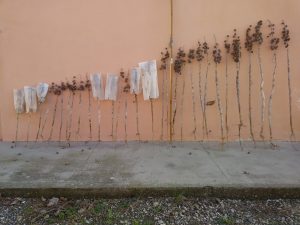
Dwarf (h 50-100 cm) unbranched and senescent castor plants in recurrent selection (Low-One population) at the University of Pisa
Common bean
Conservation of the local variety “Piattella Pisana”
Since 2000, a collection of almost 40 different genotypes has been established at the Department, traditionally known in the Pisa Plain. The seeds are preserved and periodically renewed at the Experimental Center of Rottaia, via del Ragnaino n. 2, Pisa
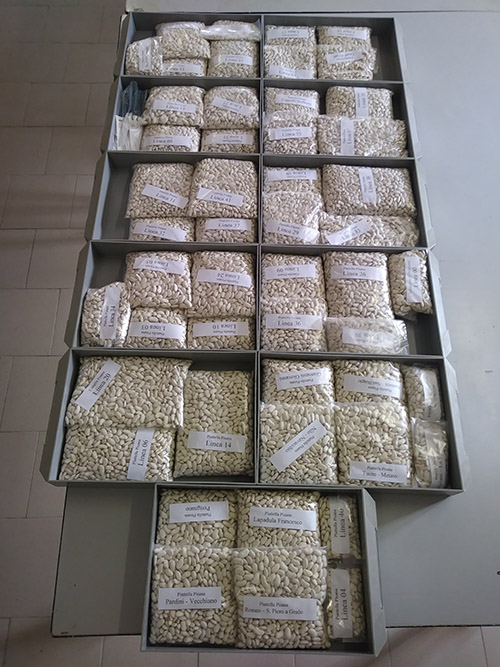
Baldanzi M., Macchia M. (2016) Fagiolo ‘Piattella Pisana’: descrizione morfologica di 12 nuove accessioni. dal Seme 1(1):46-54
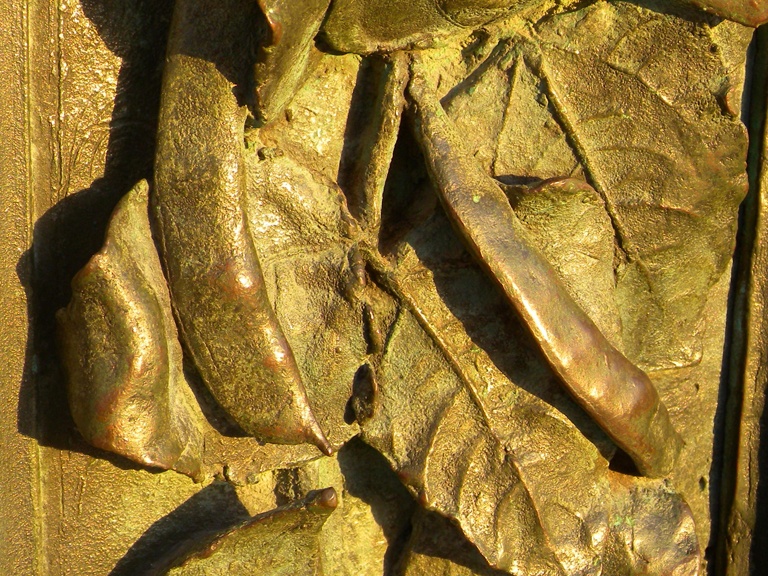
Common bean representation in the bronze portals — dated to the late 16th century — of the cathedral of Pisa by the Flemish sculptor Giambologna (photo of S. Benvenuti).
The fact that common bean was represented in a religious site suggests that it was part of every day life at the end of the 16th Century, at least in Tuscany (Paul Gepts, 2002, Univ. of California, Davis).
Heirloom turnips
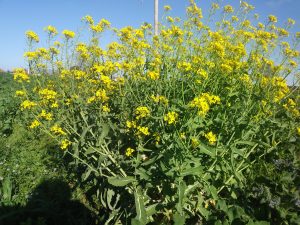
These are fodder turnips (Brassica rapa L.), grown on the estate of Tombolo until the 1970s and called “Administration Turnips”, following the transition from the Savoy Monarchy to the Italian Republic in 1946.
The seeds reached us through some descendants of those families who had lived and cultivated in those farms.
